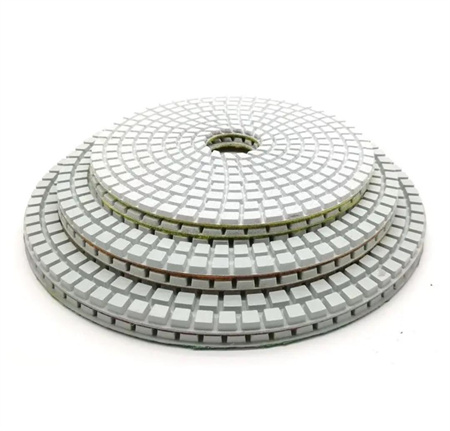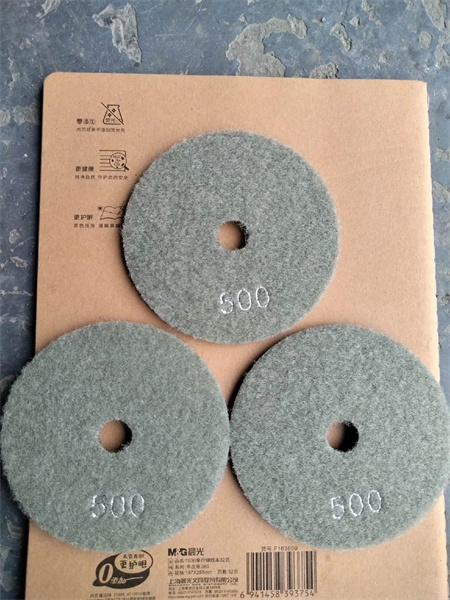How Artificial Intelligence Will Affect Diamond Polishing Pad Production
In recent years, artificial intelligence (AI) has begun to transform industries across the globe, and the diamond polishing pad production sector is no exception. While the process of creating these vital tools for polishing and finishing diamonds has traditionally been labor-intensive, the integration of AI technologies promises to redefine efficiency, quality, and innovation in ways that were previously unimaginable.
Diamond polishing pads, essential in the final stages of diamond cutting and jewelry production, have long been a product of careful craftsmanship and precise machinery. These pads, typically made from a combination of abrasive materials and metal bonding agents, require an intricate balance of materials and processing techniques to achieve the desired finish. The process is delicate, requiring high levels of skill, accuracy, and consistency. However, AI’s increasing role in manufacturing could soon make these tasks less reliant on human expertise while elevating the production process to new heights.


One of the more fascinating aspects of AI’s influence is its potential to drive sustainability within the diamond polishing industry. Diamond production, even in its later stages, often generates significant waste, particularly in terms of unused abrasives and worn-down polishing pads. AI technologies can help reduce this waste by optimizing the materials used during production. For instance, AI can assess the wear patterns on polishing pads and suggest adjustments to the production mix to extend the life of the pads, reduce material usage, and minimize waste. Additionally, AI-driven insights can inform the development of eco-friendly materials, providing manufacturers with alternatives that are both effective and sustainable.
AI is also set to enhance quality control procedures. Traditional methods of inspecting diamond polishing pads involve human inspectors who manually check for defects, uneven surfaces, or other imperfections. While this process is effective, it is not foolproof. With AI-powered image recognition systems, however, manufacturers can perform real-time, high-resolution inspections. These systems can identify microscopic defects that might escape the human eye, ensuring that every pad that leaves the production line meets the highest standards. This level of precision will not only improve the overall quality of diamond polishing pads but also help manufacturers reduce returns and customer dissatisfaction.
The integration of AI in the diamond polishing pad industry also opens up new possibilities for innovation. As AI systems continue to learn from the vast datasets they collect, they can uncover patterns and insights that human engineers might overlook. This could lead to the development of entirely new types of polishing pads, designed with novel combinations of materials and techniques that optimize performance beyond current capabilities. It could also allow manufacturers to experiment with new manufacturing methods, such as 3D printing, to create pads that are even more tailored to the specific needs of each diamond or gemstone.
While AI promises a bright future for the diamond polishing pad industry, its adoption will not be without challenges. The initial investment in AI technology can be significant, and there may be resistance to change from traditional manufacturers. However, the long-term benefits—greater efficiency, higher product quality, reduced waste, and the potential for innovation—make it clear that AI is poised to reshape this industry.
Ultimately, the fusion of artificial intelligence with diamond polishing pad production is a perfect example of how technology can enhance craftsmanship. As AI continues to evolve, it will not replace the artistry behind diamond polishing but rather complement it, offering new tools and techniques that enable greater precision and sustainability. For manufacturers willing to embrace this technological revolution, the future of diamond polishing looks brighter than ever.

